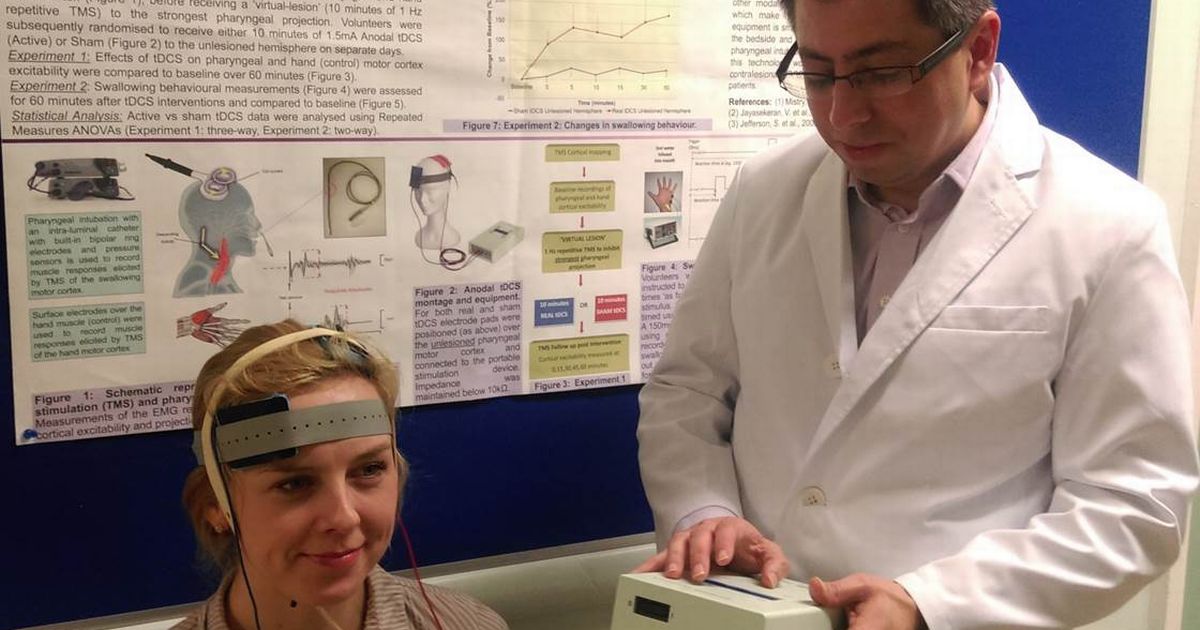How To Treat Hemiparesis
Hemiparesis is a medical condition that causes weakness in one side of the body. It usually results from cerebral palsy or a stroke, and it may also develop in patients with brain tumors, traumatic brain injuries, meningitis, multiple sclerosis, and degenerative disorders such as Parkinson's disease. While patients with hemiparesis can still move the affected side of their body, their strength on the affected side is often greatly reduced. The condition can affect the hands, arms, feet, legs, and face. Common symptoms of hemiparesis include difficulty with walking and grasping objects, loss of balance and coordination, leaning to one side while standing or sitting, loss of bladder control, and muscle fatigue. To diagnose hemiparesis, doctors carry out a physical examination to check the patient's sensation, grip strength, reflexes, flexibility, and range of motion. A gait assessment is also done to detect problems with balance. Patients may also need CT or MRI scans. The treatment options outlined below are often beneficial for patients with hemiparesis.
Cortical Stimulation

Cortical stimulation is a form of electrical stimulation that may help patients with hemiparesis regain some range of motion and increase sensory awareness in the affected side of the body. The treatment involves an operation to place electrodes on the dura, a hard membrane covering the brain. A type of stimulation known as motor cortex stimulation is usually performed on hemiparesis patients. The procedure can help patients improve the movement in their arms, hands, and fingers. Currently, it is only appropriate for patients who still have some natural movement in the hands and fingers before the surgery. In this procedure, electrodes are placed to stimulate the cortex, the area of the brain that controls movements in the face and extremities. Once placed, the electrodes can stimulate the brain while the patient takes part in rehabilitation exercises.
Reveal the next method of treating hemiparesis now.